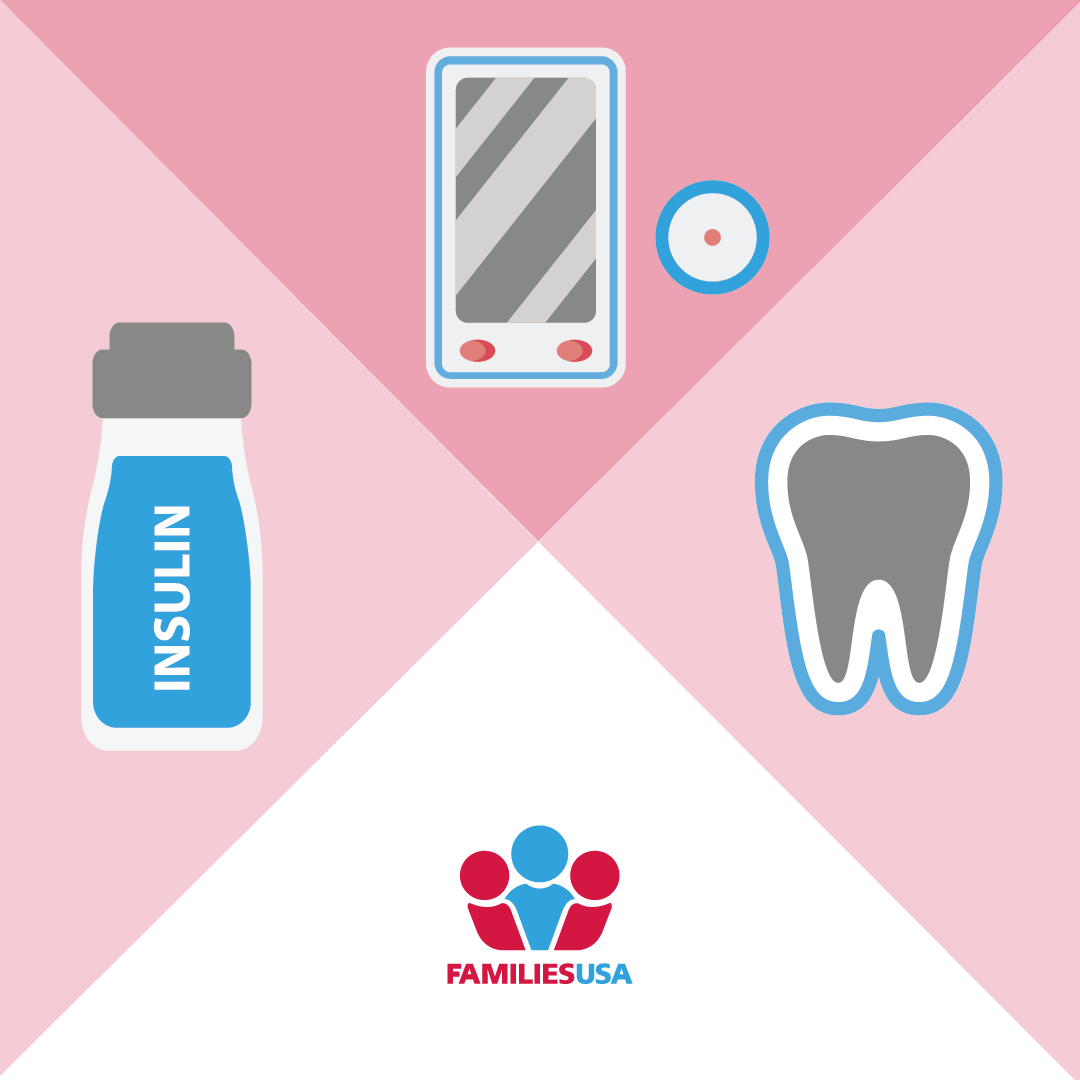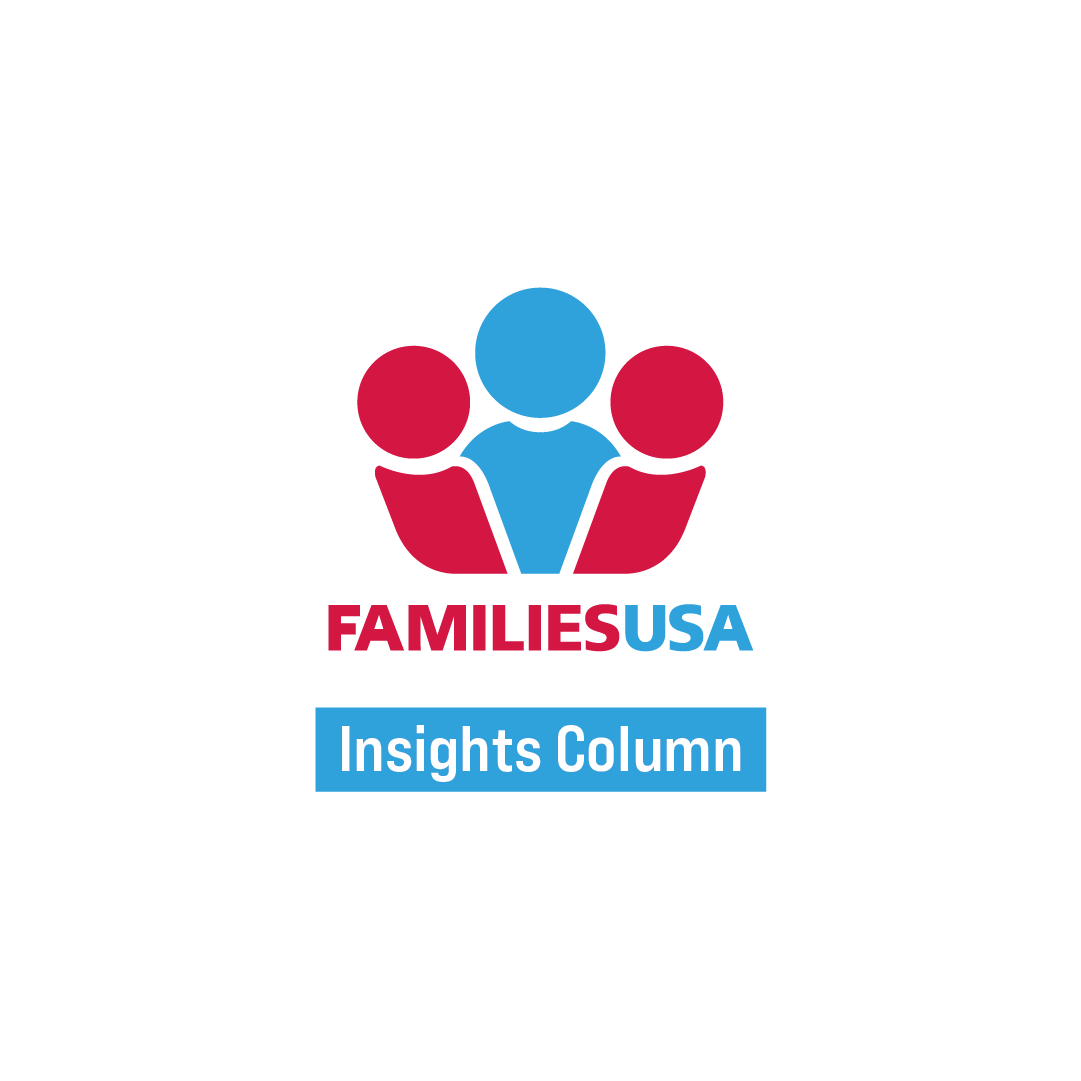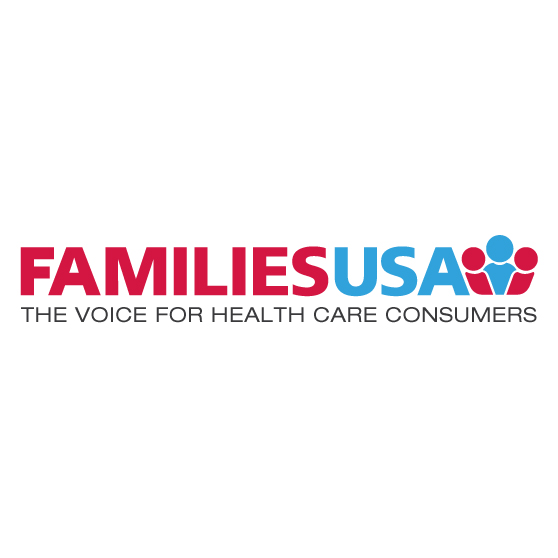
Smoke and Mirrors vs. Policy and Meaningful Change: What’s Real and What’s Political Theater in the Fight for Lower Prescription Drug Prices
By Hazel Law,
10.20.2025
For too long, Americans have struggled to pay the price of medications they need, with politicians on both sides of the aisle promising action. In Washington, D.C. and in states across the country, new innovative policies are starting to bring down drug costs for Americans. While we celebrate the progress of prescription drug affordability boards at the state level, and Medicare price negotiation at the federal level, some recent “solutions” like TrumpRx seem more like smoke and mirrors that will not meaningfully lower costs and distract from the need for real reform.
Let’s break down the difference:
TrumpRx and Big Drug Company Deals
This fall, as a follow up to the Executive Order released earlier this year, President Trump announced deals with Pfizer and AstraZeneca to provide some of their drugs to Medicaid programs at Most Favored Nation (MFN) prices. MFN is a policy that matches U.S. drug prices to the same products in comparable countries like the UK, Germany or Canada. Because families in the U.S. pay higher prices for prescription drugs than any other country in the world, this has potential to bring drug prices down, but the devil is in the details.
Drug companies, like other big corporate health systems, charge excessive prices that drive our nation’s health care affordability crisis. The prescription drug market needs to be disrupted and reformed to ensure that people and patients can actually afford their medication. But the announced deal from the Trump Administration lacks any information on how and when the new prices would be reached, which products they would actually apply to, and any indication of how long Pfizer or AstraZeneca intends to hold up their end. While prices could be lowered on some drugs for some people, there is no guarantee that they last. We all need to see the fine print first, especially as more “deals” are expected to be announced soon.
Regardless of details, no deal that lowers drug prices through optional action or backroom dealmaking with drug companies is a sustainable solution that meets the moment for lowering families’ costs. In order to truly lower drug costs, we need systemic changes that create real accountability.
President Trump also announced that his administration will be launching a direct-to-consumer platform called “TrumpRx,” with the intention of bringing lower drug prices to the consumer. Details are limited on how this website will work, but an administration official has confirmed that these discounts will only be for consumers not using health insurance. Those with health insurance could be better off sticking to their usual pharmacy and health plan. Until more information is released, TrumpRx remains more of a headline than a health care solution.
Momentum Builds for Medicare Drug Price Negotiation
While President Trump’s recent announcements on drug prices prioritize style over substance, his most meaningful action on prescription drugs may be the one he talks the least about — continuing to use Medicare’s ability to negotiate lower prices.
The Centers for Medicare & Medicaid Services (CMS) released final guidance for the third round of IRA negotiations, which will be used to negotiate the prices for another round of drugs that will go into effect in 2028. This round of negotiation will include two new elements: renegotiating previously negotiated prices and including high-spend Part B drugs for negotiation. The finalized guidance includes some updates, including changes to better ensure that spending in Medicare Advantage is included in calculating Part B high-cost drugs.
The Trump administration has yet to announce the negotiated prices for the second round of negotiation, though we remain hopeful it will achieve the lowest possible prices for those who rely on these medications. New prices for the ten drugs that were included in the first round of negotiations are set to go into effect on January 1 — a day that we all can truly celebrate the most consequential reform to lower drug prices for older adults and people with disabilities since the Medicare drug benefit was created!
The law also continues to withstand legal attacks from drug companies. In a true win for lowering costs, the Medicare drug price negotiation program secured another legal victory when the Third Circuit Court of Appeals unanimously denied Novo Nordisk’s appeal challenging the program’s authority. This decision adds to a growing list of court rulings — 15 and counting! — affirming Medicare’s ability to negotiate lower drug prices for seniors and people with disabilities.
It is however important to note, President Trump has also weakened the ability of Medicare to negotiate for prescription drugs, signing a law that would limit certain drug classifications from Medicare price negotiation. This change means that several blockbuster drugs that cost Medicare billions could now be off the table for lower prices. That provision was part of the big budget bill that made historic cuts to health care, which guts funding for Medicaid and will make it harder for millions of Americans to stay on health coverage and get access to the medications they need at an affordable price.
Upper Payment Limits — Big Wins in Colorado and Maryland
At the state level, states are achieving important wins with reforms that will create lasting, lower prices for families that need them. Colorado made history in early October when they announced the nation’s first ever Upper Payment Limit which will limit the amount that purchasers in the state will pay for the drug Enbrel, a treatment for rheumatoid arthritis and other inflammatory conditions that has been subjected to significant scrutiny for its excessively high list prices. The state’s Prescription Drug Affordability Board (PDAB) deemed the drug unaffordable in 2024 and in setting an upper payment limit reduced the out-of-pocket cost to consumers and drug expenditures for the state. Enbrel’s upper payment limit is set at $600/unit which aligns very closely with the Maximum Fair Price (MFP) negotiated by the Medicare drug negotiation program at the national level, which is set to go into effect in Medicare in 2026. These lower prices will benefit Coloradans, the Colorado state government, and any other states that want to follow in their footsteps to take the prescription drug affordability crisis into their own hands and provide real-time solutions to their residents. This shows the power of the Medicare drug negotiation program in establishing Medicare’s MFP as the benchmark for competitively pricing prescription drugs in the market that states can now rely on for their reforms.
Similar to the Medicare program — which will see a 67% reduction in cost with its negotiated rate — we expect the state of Colorado see critical budget savings from this upper payment limit. Up next, Maryland is poised to set upper payment limits for two drugs this year.
The work is far from finished. The fight to make prescription drugs affordable can’t be won through press releases and promises. What will make the difference are tangible, sustainable policies, like Medicare drug negotiations and state affordability boards, that ensure lower prices year after year. The path forward is clear: keep strengthening the programs that work, hold drug companies accountable, and put patients — not profits — at the center of this fight.




